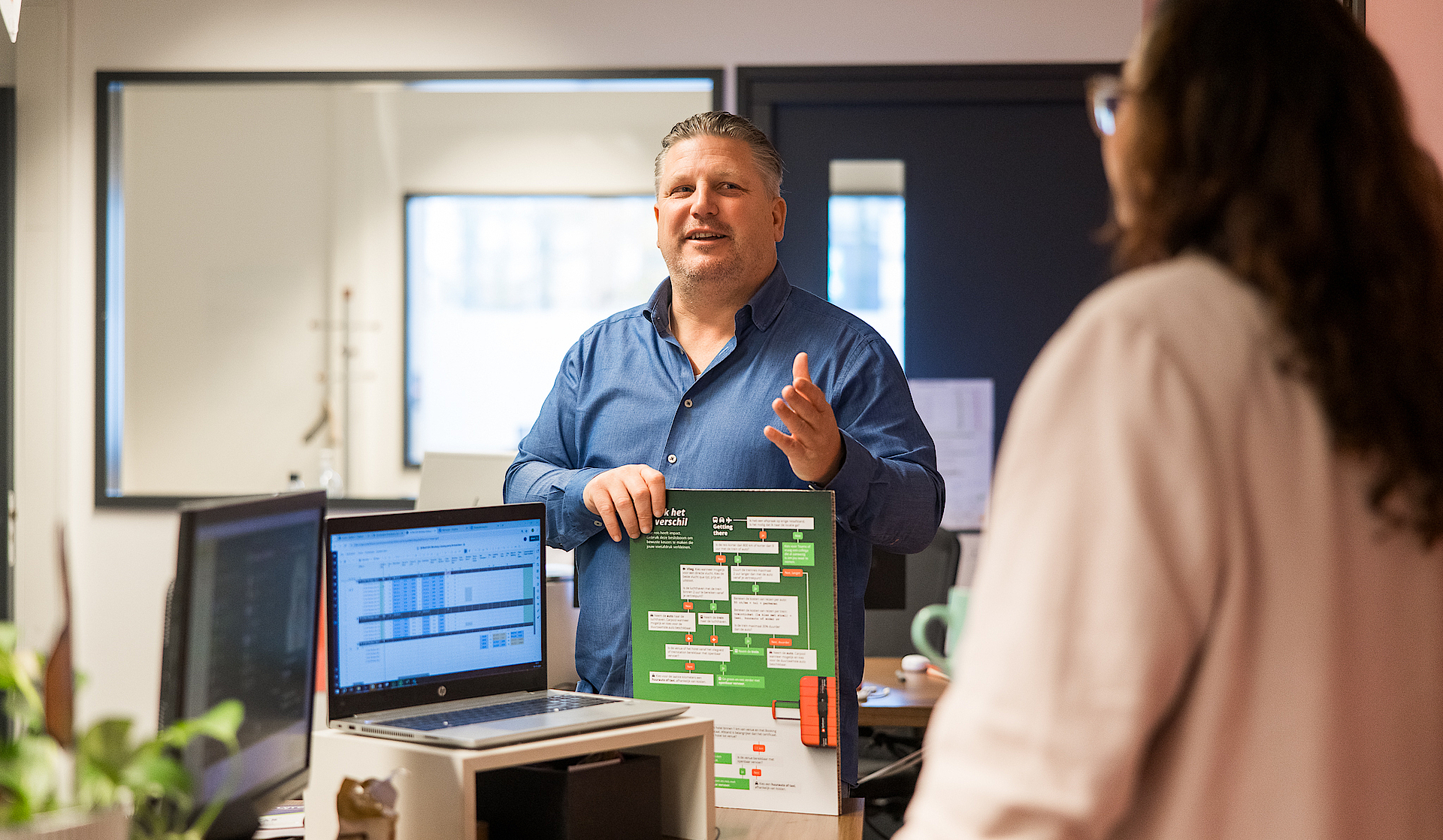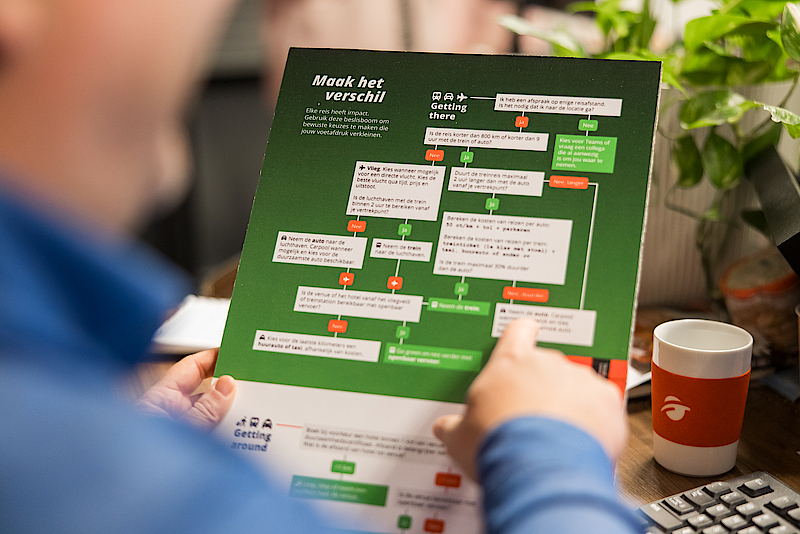A new look at travel
‘In the past, the whole team boarded an airplane to build a stand somewhere in the world,’ begins Sidney. ‘That was how we did things, and had done for many years.’ But times have changed. These days, Gielissen looks critically at how and who needs to travel. Through the deployment of local construction teams, the number of travelled kilometers has dropped drastically. ‘Not everyone in our team needs to be in situ,’ explains Sidney. ‘We determine who is really needed on location for each project.’




